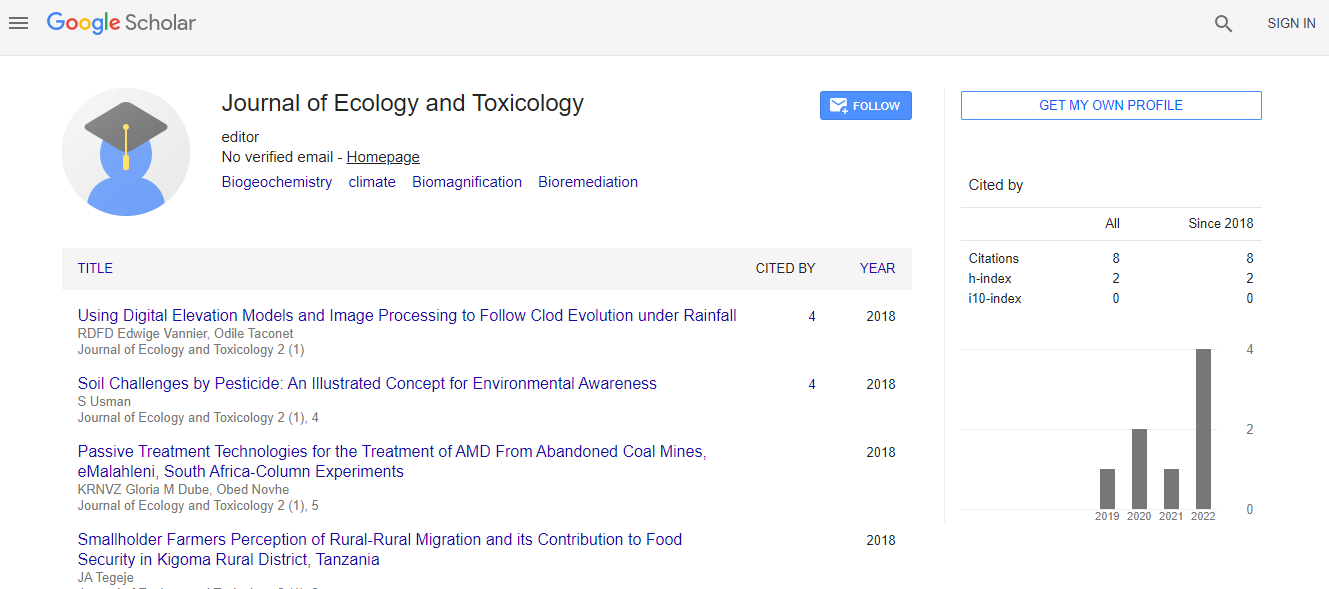Genetic and environmental impact on autism spectrum disorder
*Corresponding Author:
Copyright: © 2021 . This is an open-access article distributed under the terms of the Creative Commons Attribution License, which permits unrestricted use, distribution, and reproduction in any medium, provided the original author and source are credited.
Abstract
Autism spectrum disorders (ASD) are highly heterogeneous developmental conditions characterized by deficits in social interaction, verbal and nonverbal communication, and repetitive patterns of behavior and movements. This article reviews the impact of genetic and environmental risk factors on ASD and their adverse physiological mechanisms. Although the involvement of genetic abnormalities in autism spectrum disorders is well-accepted, recent studies point to an equal contribution by environmental factors. So, here we focus on several environmental factors associated with the development of ASD like pesticides, phthalates, polychlorinated biphenyls, solvents, air pollutants, fragrances, glyphosate, heavy metals especially aluminum used in vaccines as adjuvant, volatile organic compounds and organic endocrine-disrupting compounds such as flame retardants, non-stick chemicals, phthalates, and bisphenol A. Toxicants implicated in ASD included pesticides, phthalates, polychlorinated biphenyls (PCBs) , though strongest evidence found for air pollutants and pesticides. Some gene variants in ASD confer altered vulnerability to environmental stressors and exposures. There are now compelling evidences that gene by environment interactions are important in the etiology of autism spectrum disorders. Here, we also describe the epidemiological evidences implicating altered DNA methylation as a potential mechanism by which environmental chemicals confer risk for ASD, using polychlorinated biphenyls (PCBs), lead, and bisphenol A (BPA) as examples. Understanding how environmental chemical exposures influence DNA methylation and how these epigenetic changes modulate the risk and/or severity of ASD provides insight regarding gene-environment interactions in relevance to ASD. With the help of this study, it is now understood that genetic and environmental factors play a major role in causing autism spectrum disorders than previously thought and because they address modifiable risk factors that may open up avenues for the primary prevention of the disabilities associated with ASD.

 Spanish
Spanish  Chinese
Chinese  Russian
Russian  German
German  French
French  Japanese
Japanese  Portuguese
Portuguese  Hindi
Hindi 